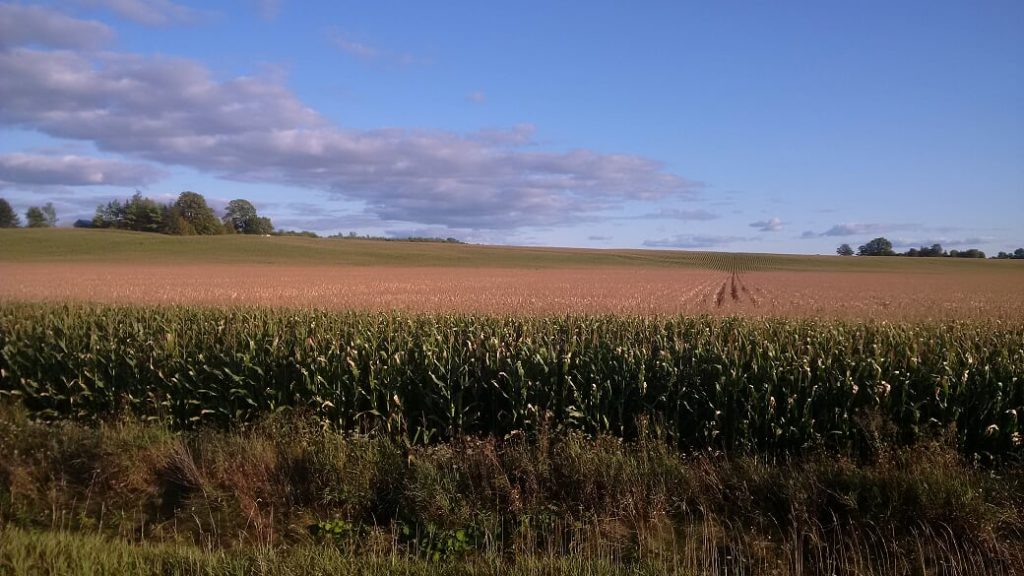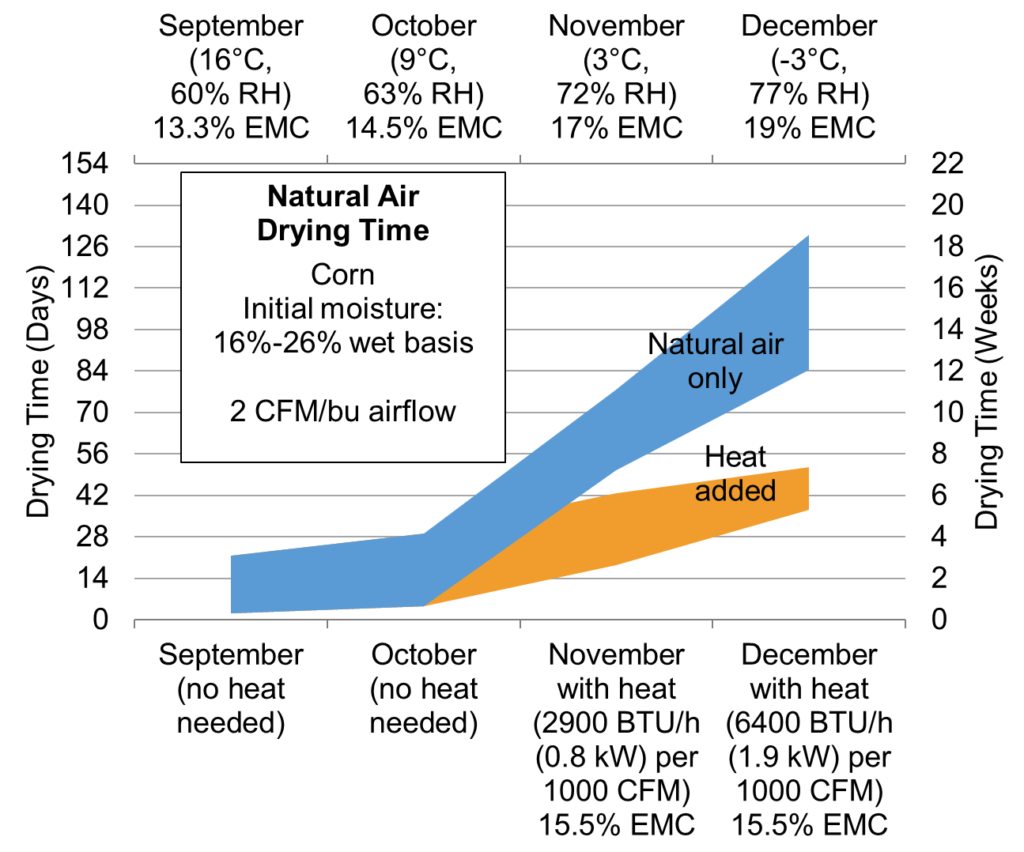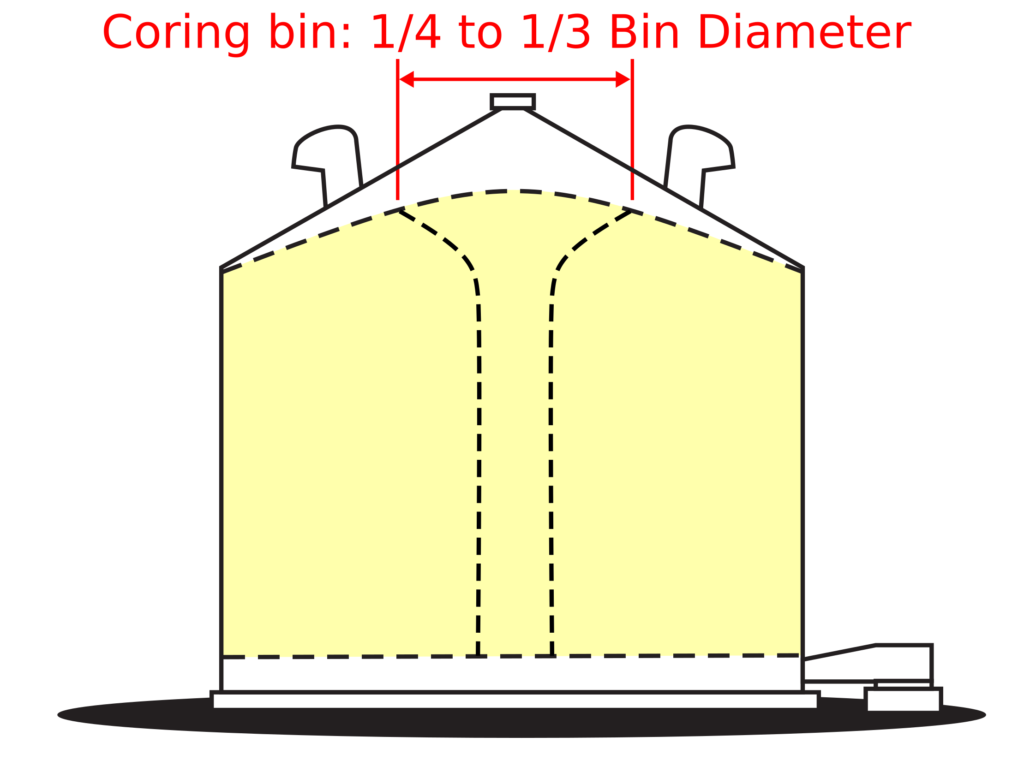Agronomy Guide For Field Crops – Corn – Hybrid Selection

Hybrid Selection Maturity Ratings Corn development is driven primarily by temperature, especially during the planting-to-silking period. Unlike soybeans, day length has little effect on the rate at which corn develops. The Ontario crop heat unit system has been developed to calculate the impact of temperature on corn development. Ontario crop heat units (CHUs) are calculated […]








